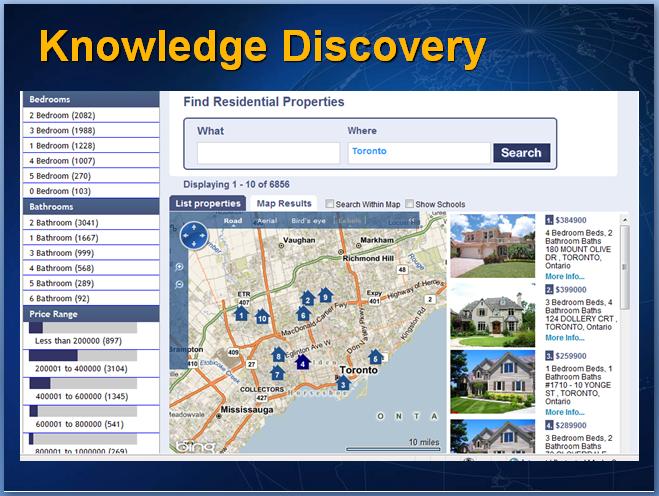ACIS Consulting has developed an advanced “social network inference engine” mid-layer product that extends the capability of the FAST ESP Relevancy Ranking engine to learn from user interaction patterns to return highly relevant and targeted results.
Search Engine Technology is continually pushing the envelope and trying to reconcile the paradox of exponentially increasing volumes of content that must be processed with the need to return only a handful of the most relevant results among millions of documents. The proverbial “needle in a hay stack”.
To make matters even more complicated, relevancy of search results is subjective and directly dependent on who the user is. For example a doctor entering a search keyword “diabetes treament” is probably looking for something vastly different from a newly diagnosed patient entering the search keyword “diabetes treatment”.
A search engine could return more relevant search results if it can be enabled to process the interest profile of a user along with the submitted search keyword. It can deliver even more relevant search results if the search engine were to also be fed, not only the profile of the user, but also what types of documents would be of insterest to such users.
The Social Network Inference Engine product was developed by ACIS Consulting to be able to compute such user profile and document profile indicators and enable FAST ESP to return highly targeted and highly relevant search results.
The inference engine layer is designed to track all user transction event types and build user profile and document profile vectors. These profile vectors are continually refined and expanded as more and more transcations take place and direct user feedback and user demographic information come into play.
The inference engine is thus able to distinguish between “patient profile” and “doctor profile” and use this inference to rank profiles of documents that are deemed more suitable for doctors or patients. This inference engine can be configured to process any kinds of user or organizational classification. It could be sales team profile versus developer team profiles or it could be matching of recommended recipe based on user interest profile.
This inference engine layer has been designed to be plugged into multitudes of business applications where matching of search results to the user profiles provides an important value add.




